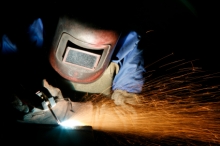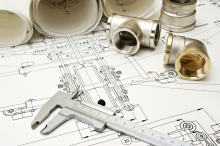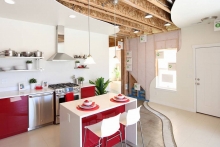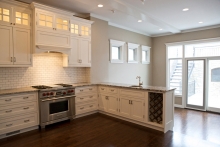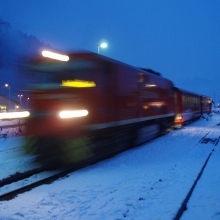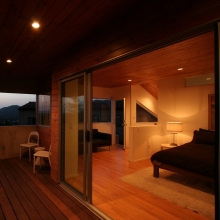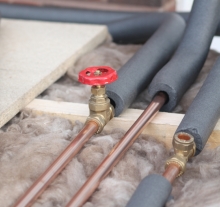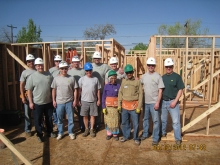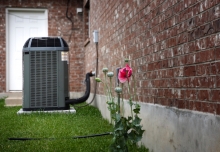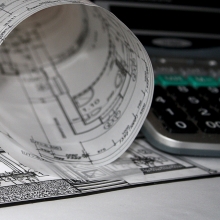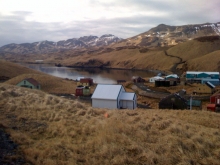Seismic Retrofit Lessons Learned: Technical
The project was a seismic retrofit of a 15-story, 750,000 sq. ft. office building constructed in 1991. The steel portion of the project consisted of systematically strengthening the moment connections throughout the building and installing over 200 dampers without interrupting the operation of the tenants. The contract dictated that the work would start in the basement, progress through the ground floor and the parking garage (floors 2-5), and then continue through the occupied office floors (6-15). The contractor could only occupy three half-floors at any one time. Although my team was extremely experienced, with over 20 years of seismic experience and over 50 years of steel work experience, this project provided us with some significant lessons to take with us to our next project.
